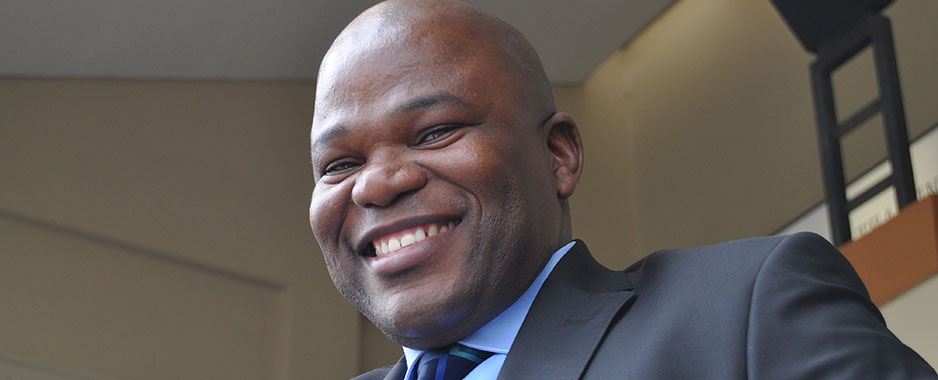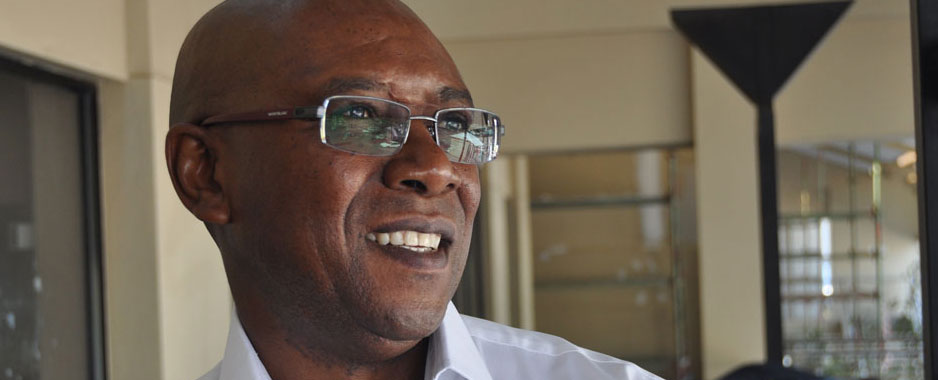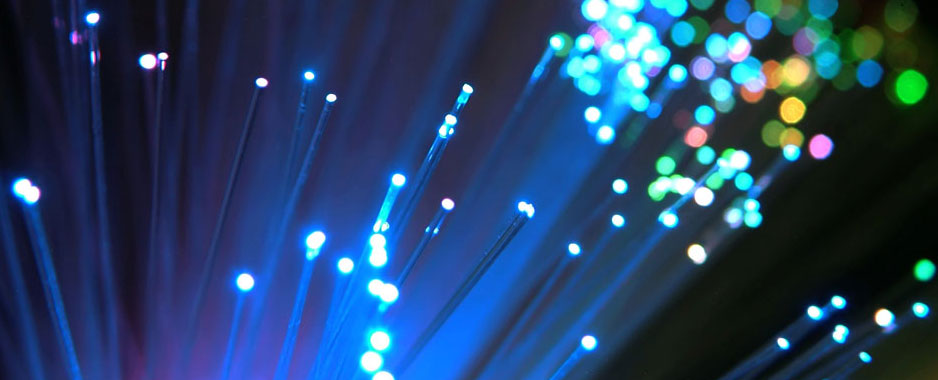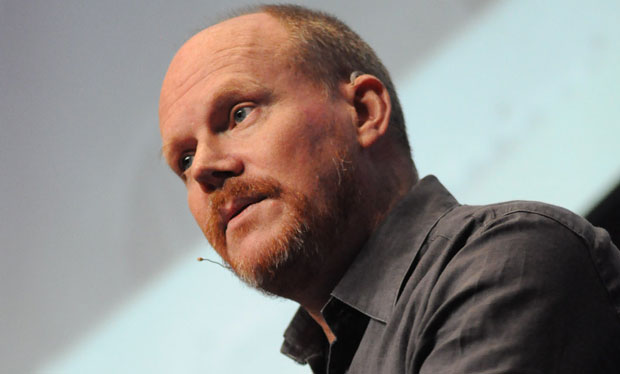Musa Phungula, the entrepreneur behind the proposed US$130m TTD cable to connect Mtunzini in KwaZulu-Natal to East London, Port Elizabeth and Yzerfontein near Cape Town, says collaboration between other projects to build submarine fibre along the same route is needed. Phungula’s
Browsing: Brics Cable
Musa Phungula, the man behind a new subsea cable that will link similar systems landing at Mtunzini in KwaZulu-Natal and Yzerfontein north of Cape Town, plans to build two huge, 6000sq m data centres to house servers for international content companies and local telecommunications operators
Investors have expressed keen interest in a undersea broadband cable that would link Brazil, Russia, India, China and SA (the Brics countries) to each other and the US, a promoter of the project said on Thursday. “There have been many parties showing interest in the Brics cable project. To date, a total of
The African leg of a new submarine telecommunications system that will serve markets in the North and South Atlantic will be ready for service in the first quarter of 2014. The cable will offer high-speed global connectivity to SA, Angola and Nigeria. That’s the word from the Wasace Cable Company, which is building the
The Brics Cable, a superfast broadband submarine network that will extend from the east of Russia to the US via SA, and which will cost as much as US$1,5bn to construct, is already at an advanced stage of planning and should be ready by mid to late 2014, according to Andrew Mthembu, the SA businessman
In this episode of TalkCentral, your hosts Duncan McLeod and Craig Wilson chat about last week’s big department of communications’ policy colloquium. We discuss whether anything will flow out of the event and the likely impact that communications minister Dina Pule and her director-general Rosey Sekese will have on the technology
Just when telecommunications industry players and analysts thought SA couldn’t possibly get any more undersea broadband infrastructure, news is emerging of a raft of new cable systems that will serve both SA and the region. On Monday, Brazil, Russia, India, China and SA — the so-called Brics countries — announced plans for a new high-capacity
Five years ago, SA had one cable, Sat-3, running down Africa’s west coast and connecting it to the global Internet. Today the continent is surrounded by high-capacity cables, with plenty more, even bigger systems to come. There are now so many cables and such a great deal of capacity that Steve Song, author of the popular
With the abundance of cables landing on SA’s shores, you could be forgiven for thinking it’s one the most connected countries in the world. In a sense, it soon will be: there’s no shortage of international capacity on the way. What’s lacking is widespread local access to take advantage of it. The problem isn’t without solutions, but







